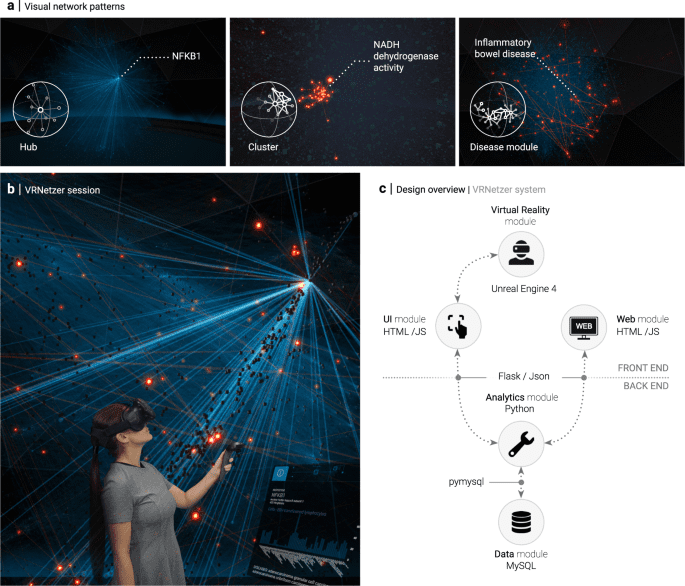Virtual reality (VR) is the creation of digital environments that users can interact with in real time. Commonly used development tools for VR game development include Unity 3D, Unreal Engine 4, and Maya. The game development process involves a number of stages including conceptualization and design, asset creation and integration, programming and testing, and polishing and launch. The future of VR game development looks promising, with potential advancements in AI, machine learning, and computer graphics leading to even more realistic and engaging experiences. With the rise of standalone VR headsets, there may also be an increase in development of casual VR games.
Stepping into the Virtual Realm: Virtual Reality Tools and Game Development
Virtual reality (VR) has been a buzzword for quite some time now. It has been capturing the attention of people from all walks of life, from gamers to businessmen. However, what is VR all about, and how is it made? In this article, we are going to explore the intersection between virtual reality and game development.
What is Virtual Reality (VR)?
VR refers to a set of tools and technologies that allow people to experience digital environments as if they were real. It places users inside a simulated environment, making it possible for them to interact with virtual objects and characters in real-time.
What are the Tools used in Virtual Reality Development?
The development process is the backbone of any virtual reality game. VR developers use different tools and technologies to create a more immersive and engaging virtual experience. Here are some of the popular VR development tools:
Unity 3D
Unity 3D is a popular game engine used for creating virtual reality games. It offers a user-friendly interface and supports various platforms, including Oculus Rift, HTC Vive, and PlayStation VR. Unity 3D also comes with a range of features like physics simulation, audio management, and animation tools.
Unreal Engine 4
Unreal Engine 4 is another popular game engine used for VR game development. It’s known for its high-quality graphics, real-time rendering capabilities, and support for virtual reality headsets. Unreal Engine 4 also includes a range of assets and tools for rapid prototyping, level design, and more.
Maya
Maya is a 3D animation software used to create models, animations, and simulations for VR games. It’s used by developers to create 3D models of virtual characters, environments, and objects. Maya can also be integrated with game engines like Unity 3D and Unreal Engine 4.
The Game Development Process
Game development is a complex and iterative process that involves many stages. Here are the different stages involved in VR game development:
Conceptualization and Design
This is the first stage of game development, where the game concept is conceived, and the design is created. In this stage, VR developers create a game design document (GDD) and develop the game’s key features, mechanics, and story.
Asset Creation and Integration
The next stage of VR game development is asset creation and integration. In this stage, the 3D models, animations, and other assets are created using software like Maya. The assets are then integrated into the game engine.
Programming and Testing
The programming and testing stage involve coding the game mechanics, AI, and physics. In this stage, developers use tools like Unity 3D or Unreal Engine 4 to program the game’s logic. Then, the game is rigorously tested to identify any bugs or glitches that need fixing.
Polishing and Launch
The polishing and launch stage is where the final touches are added to the game, including sound effects, music, and UI elements. Once the game is polished, it’s launched on various VR platforms, like Oculus Rift or HTC Vive.
The Future of Virtual Reality Game Development
Virtual reality game development is still a relatively young industry. However, it has already made some significant strides in the gaming industry. The future of VR game development looks promising, as it offers a new level of immersion and interactivity.
With advancements in artificial intelligence, machine learning, and computer graphics, we can expect VR games to be more realistic, engaging, and intelligent. Moreover, with the rise of standalone VR headsets like the Oculus Quest, we might see a surge in the development of casual VR games.
Conclusion
Virtual reality game development is an exciting and rapidly evolving field with a lot of potentials. VR developers use various tools and technologies to create immersive and engaging virtual experiences. With the rise of standalone VR headsets and advancements in machine learning and computer graphics, we can’t wait to see what the future holds for VR games.
